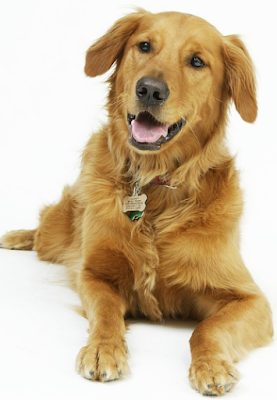Identify Your Dog's Emotions - Dogs Have Emotions and Feelings
Identifying Dog Emotions
I don’t have too many friends. Most of the very few friends of mine are dog owners, yet some people are there who do not have dogs, but they love dogs. Most of my pals who don’t have dogs seem to be really confused when I say my dogs have emotions. Yes, this is something that has created a real buzz across the web. Do dogs have emotions? I am sure you will agree with me if I say dogs have emotions and if you are a dog owner. Still I have come across peeps who own dogs don’t know how to recognize a dog’s emotion. I do recognize my dogs’ emotions and moods through their gestures, body languages, expression of their eyes, and not to forget, the sound they make. Well, I am not a professional canine behaviorist or scientist. I just love dogs, can’t live without them try to learn from them as much as I can. I can understand when they are excited, when they are sad and when anxious. It’s not a rocket science! Just what we cannot do is we cannot measure emotions of a dog. There has been a hard topic of debate amongst the canine behaviorists because it's not possible to quantify the emotion of a dog. Researchers cannot say exactly how happy or sad a dog is. Only I can say that Roland is very happy because his mum, Mrs. Gordon, got back home, or he is very sad since his bother – Gordon’s son, has caught cold and cannot play with him.
Emotion is what delivers your dog an impulse to act according to situations. While the negative emotion or the emotion of fear will deliver a dog an impulse to defend himself, a happy dog will come close to you, wagging and appreciate a physical contact. Touch definitely strengthens the man-dog relationship. There’s no doubt about the fact that your dog has rich emotional aspect of his life. He feels happy when he should and becomes sad during the gloomy moments of his life. That is the main reason why your dog show symptoms of pleasure like jumping and springing, wagging and licking your face, holding his ears back and making sounds of love and happiness etc. when you get back from your work place at the end of the day. No dog owner on the planet can understand exactly how much happy his dog actually is, and hence most owners choose to ignore the emotional part of their dog’s life! A very few people who have lived with dogs would deny the fact that dogs have emotional feelings. Every time Reva (my female GSD) meets with her daughter (Rechie), they greet each other with love, wagging their tails, licking each other and biting each others’ muzzles. They seem so happy, chasing one another. 
Until a recent research the canine experts and behaviorists used to believe that dogs have only the primary emotions or basic emotions like love, joy, sadness, fear and anger. Primary emotions are those emotions that form the basic platform for all other secondary emotions (which are more complicated emotions) like anxiety, jealousy and shyness. Recently researchers have come up with the conclusions that dogs have both emotions, and this is what all responsible dog lovers, who have noticed dogs, have always known! It is now proved that dogs have al emotions that we human have. Now I am sure training your dog yourself is going to be a bit easier. All you need to do is to trigger his emotional aspect. Dogs have inherent instincts to learn things just like human babies. They know how to love and be loved. Sadness, fear and anger put extra mental stress on them, which makes them hard to learn new tricks. Hence Yelling at them will never work. Scaring and hitting them will make your dog more obstinate – just like human babies, and will make training harder.
Bottom line is that I try to understand the communication of my dogs to identify his requirements.
Interesting Links:
HOW TO COMMUNICATE WITH DOGS
UNDERSTANDING DOG ATTACKS
WHY DO DOGS BECOME AGGRESSIVE























0 comments:
Post a Comment